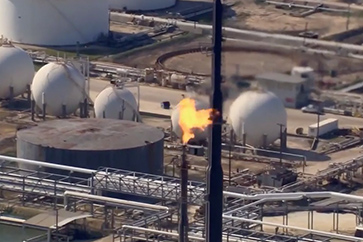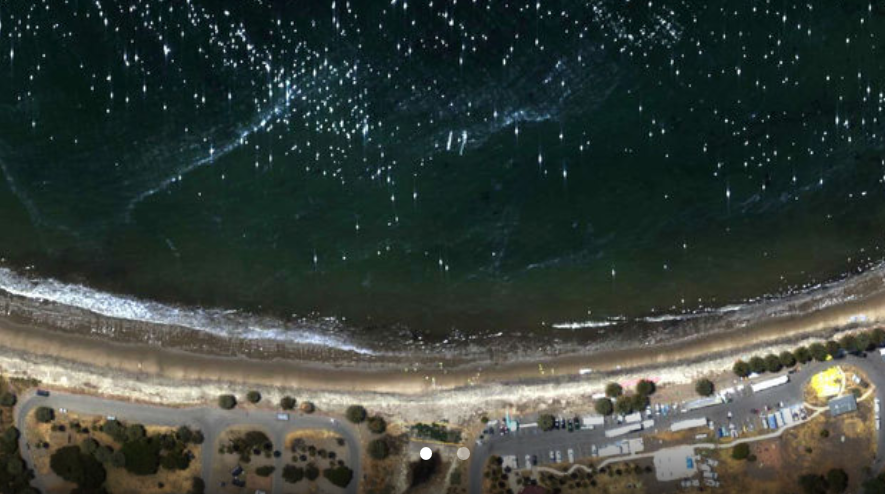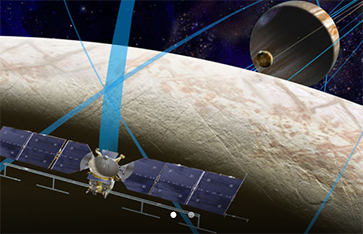Welcome
-

NASA scientists track climate-changing methane leaks from the air
NASA engineers leverage state-of-the-art technology to measure methane. Released through oil and gas production, livestock emissions, and organic waste, methane is about 85 times more potent at trapping heat than carbon dioxide.
More » -

NASA/JPL’s AVIRIS-NG Maps Beach Tar from California Oil Pipeline Spill
In support of the response to the Refugio Incident, NASA/JPL deployed a Twin Otter aircraft carrying a unique airborne instrument to study the spill and test the ability of imaging spectroscopy to map tar on area beaches. The work is advancing our nation's ability to respond to future oil spills.
More » -

-

NASA Selects JPL Imaging Spectrometer for Europa Mission
NASA has selected nine science instruments for a mission to Jupiter's moon Europa, to investigate whether the mysterious icy moon could harbor conditions suitable for life. JPL’s Mapping Imaging Spectrometer for Europa (MISE) whose principal investigator is Dr. Diana Blaney of JPL, will probe the composition of Europa, identifying and mapping the distributions of organics, salts, acid hydrates, water ice phases, and other materials to determine the habitability of Europa's ocean.
More » -

NASA/JPL's AVIRIS-NG joins investigation into mysterious methane hot spot
NASA researchers have joined scientists from a variety of other institutions to try to solve the mystery of the four-corners (the intersection of Utah, Colorado, Arizona and New Mexico) methane hot-spot. Researchers from JPL will use two Twin Otter research aircraft to fly two remote sensing instruments over the area, AVIRIS-NG and the Hyperspectral Thermal Emission Spectrometer (HyTES). AVIRIS-NG will be used to map methane at fine resolution over the entire region.
More »











